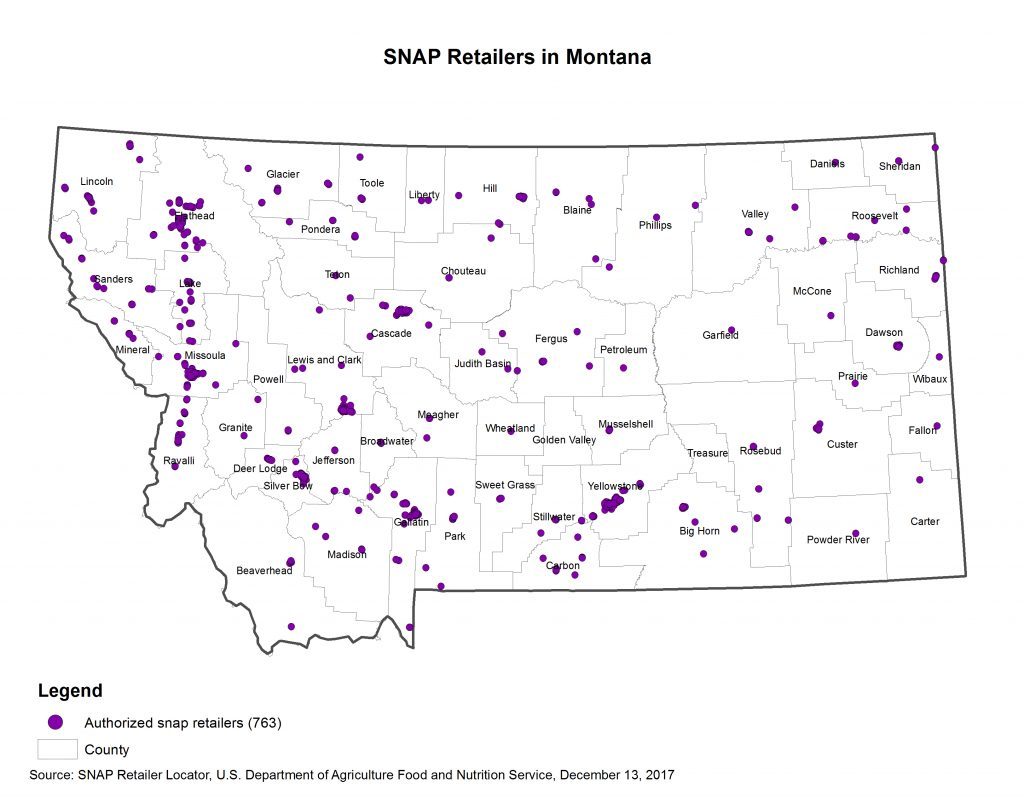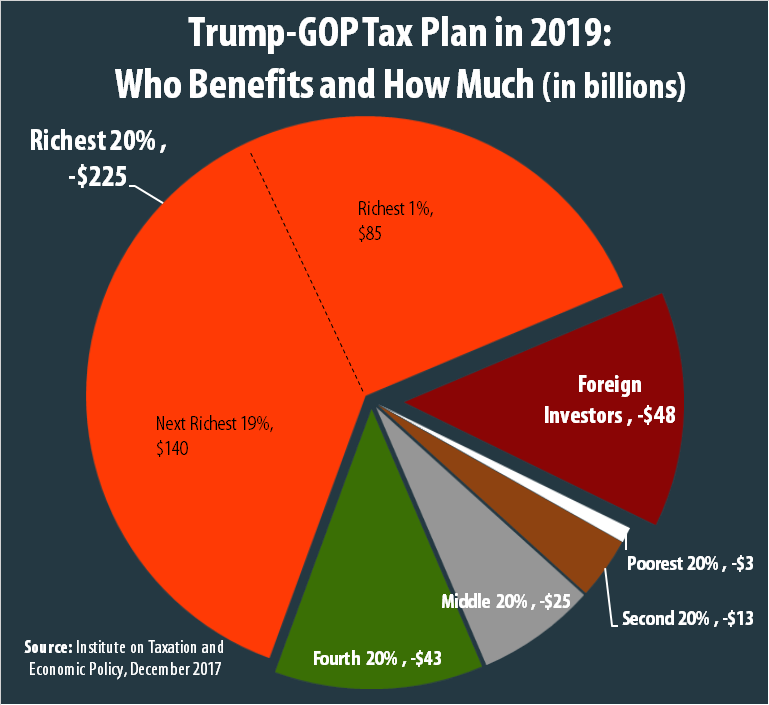 Our agricultural economy benefits from SNAP as well. Every $1 billion increase in SNAP funding creates 9,000 full-time equivalent jobs across a variety of sectors, one in ten of which are in the agriculture sector. Additionally, this funding generates $92.6 million of agriculture production, and $32.3 million in increased economic activity.
But the proposal to cut a net $17.3 billion in SNAP benefits over ten years and shift it to administrative and work programs could spell danger for Montana’s farms and ranches. Rather than strengthening a vital safety net which helps families through difficult times, the proposed Farm Bill would impose harsh work requirements, cut billions in benefits, and actually endanger the livelihoods of thousands who work in the agriculture sector.
Just a few months ago, Congress passed a lavish tax cuts for large corporations and wealthy individuals that will cost $1.5 trillion over the next ten years. According to the Institute on Taxation and Economic Policy, the richest 20 percent of tax payers will get $225 billion in tax cuts – by far the lion’s share – compared to just $3 billion among the poorest 20 percent of American taxpayers. The proposed Farm Bill will further the economic divide, by taking food from struggling families and endanger Montana’s economy.
Our agricultural economy benefits from SNAP as well. Every $1 billion increase in SNAP funding creates 9,000 full-time equivalent jobs across a variety of sectors, one in ten of which are in the agriculture sector. Additionally, this funding generates $92.6 million of agriculture production, and $32.3 million in increased economic activity.
But the proposal to cut a net $17.3 billion in SNAP benefits over ten years and shift it to administrative and work programs could spell danger for Montana’s farms and ranches. Rather than strengthening a vital safety net which helps families through difficult times, the proposed Farm Bill would impose harsh work requirements, cut billions in benefits, and actually endanger the livelihoods of thousands who work in the agriculture sector.
Just a few months ago, Congress passed a lavish tax cuts for large corporations and wealthy individuals that will cost $1.5 trillion over the next ten years. According to the Institute on Taxation and Economic Policy, the richest 20 percent of tax payers will get $225 billion in tax cuts – by far the lion’s share – compared to just $3 billion among the poorest 20 percent of American taxpayers. The proposed Farm Bill will further the economic divide, by taking food from struggling families and endanger Montana’s economy.
 In tomorrow's blog we will discuss why funneling money away from benefits and into a risky new work program could create significant problems for the state of Montana. In the meantime, be sure to read our latest report on SNAP in Montana: SNAP Helps Grow a Healthy Workforce and Economy.
In tomorrow's blog we will discuss why funneling money away from benefits and into a risky new work program could create significant problems for the state of Montana. In the meantime, be sure to read our latest report on SNAP in Montana: SNAP Helps Grow a Healthy Workforce and Economy.

MBPC is a nonprofit organization focused on providing credible and timely research and analysis on budget, tax, and economic issues that impact low- and moderate-income Montana families.